How to Conquer the Bike Leg of a Triathlon
12 July 2025
The bike leg of a triathlon is where races are won or lost. It’s more than just pedaling fast—it’s about endurance, efficiency, and strategy. Whether you're tackling your first sprint distance or gearing up for an Ironman, mastering the bike portion can drastically improve your overall performance.
So, how do you crush this leg of the race without burning out before the run? Let’s break it all down.
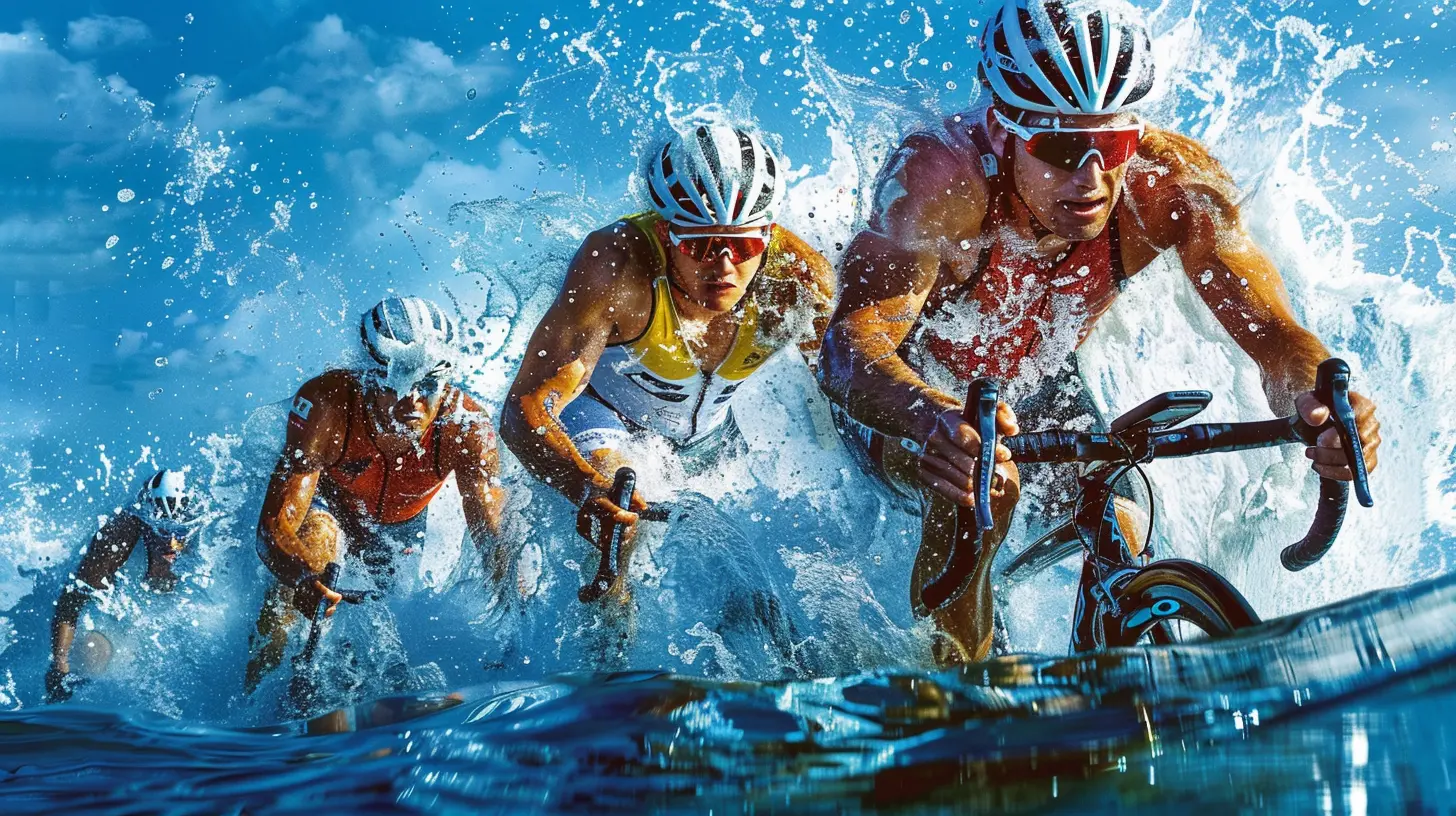
Understanding the Bike Leg
The bike leg sits between the swim and the run, making it the longest portion in terms of distance. Depending on the type of triathlon, you're looking at:- Sprint: ~12.4 miles (20 km)
- Olympic: ~24.8 miles (40 km)
- Half-Ironman: ~56 miles (90 km)
- Ironman: ~112 miles (180 km)
While it's not as physically demanding as the swim or as grueling as the run, it requires strategy, efficiency, and endurance. Managing your energy here is crucial so you don’t hit the run already exhausted. 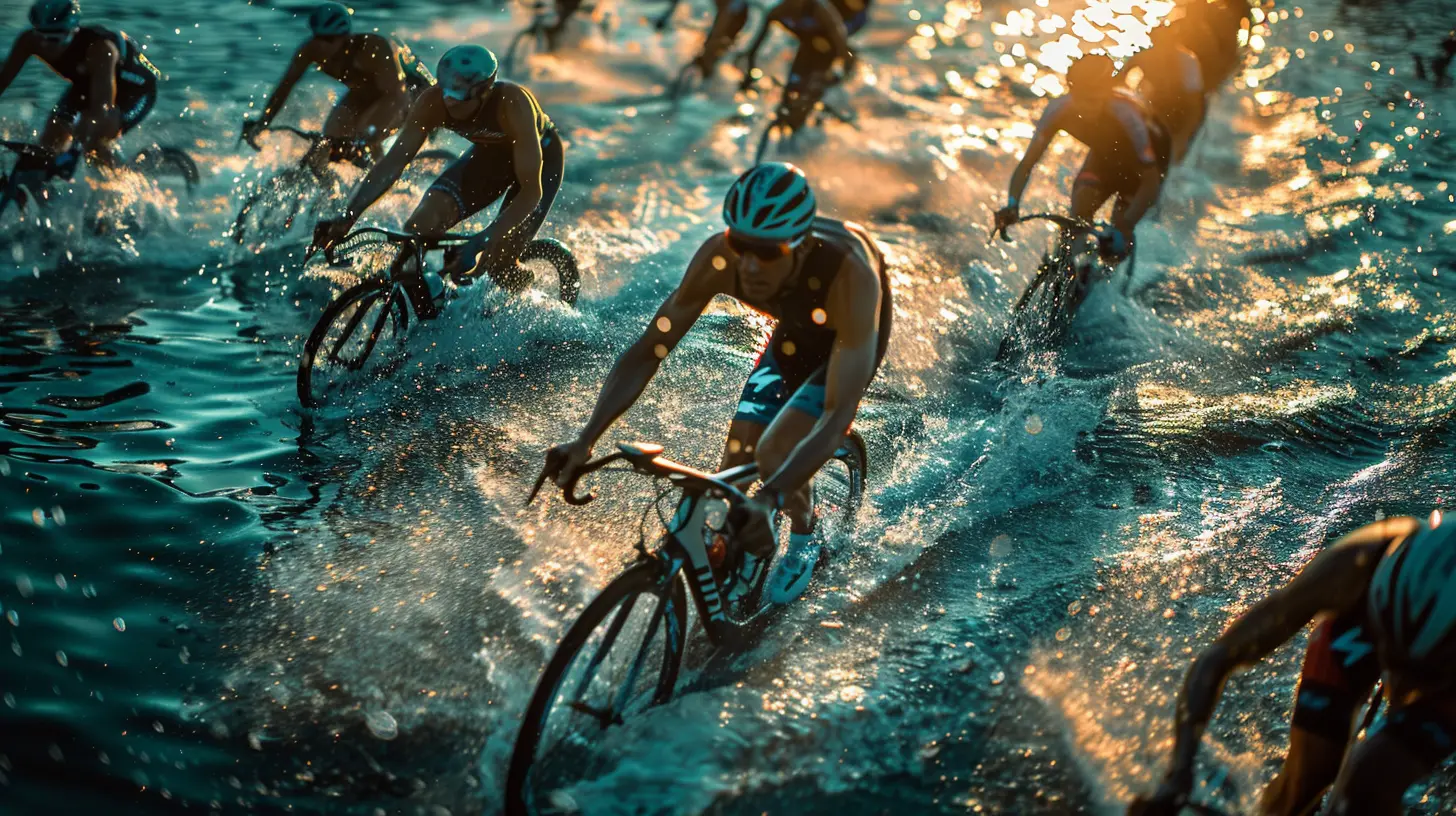
Perfecting Your Bike Setup
Your bike is your best friend in this race. A well-tuned machine will make pedaling smoother, more efficient, and a whole lot more comfortable.1. Choose the Right Bike
Not all bikes are created equal. Road bikes are great starters, but if you’re serious, a triathlon bike (tri-bike) is designed for aerodynamics and efficiency. Tri-bikes allow you to maintain a more aerodynamic position, saving energy for the run.2. Dial in Your Fit
A proper bike fit isn’t just about comfort—it’s about performance. A bad fit can lead to wasted energy, discomfort, and even injury. Consider getting fitted by a professional to optimize your position. A proper fit should:- Reduce wind resistance
- Increase pedaling efficiency
- Minimize strain on your back, shoulders, and knees
3. Keep Your Bike in Top Shape
Maintaining your bike is just as important as training. Before race day, make sure:- Your tires are properly inflated
- Your chain is lubricated
- Your brakes are responsive
- Your gears are shifting smoothly
A mechanical issue mid-race can be devastating, so take care of your equipment! 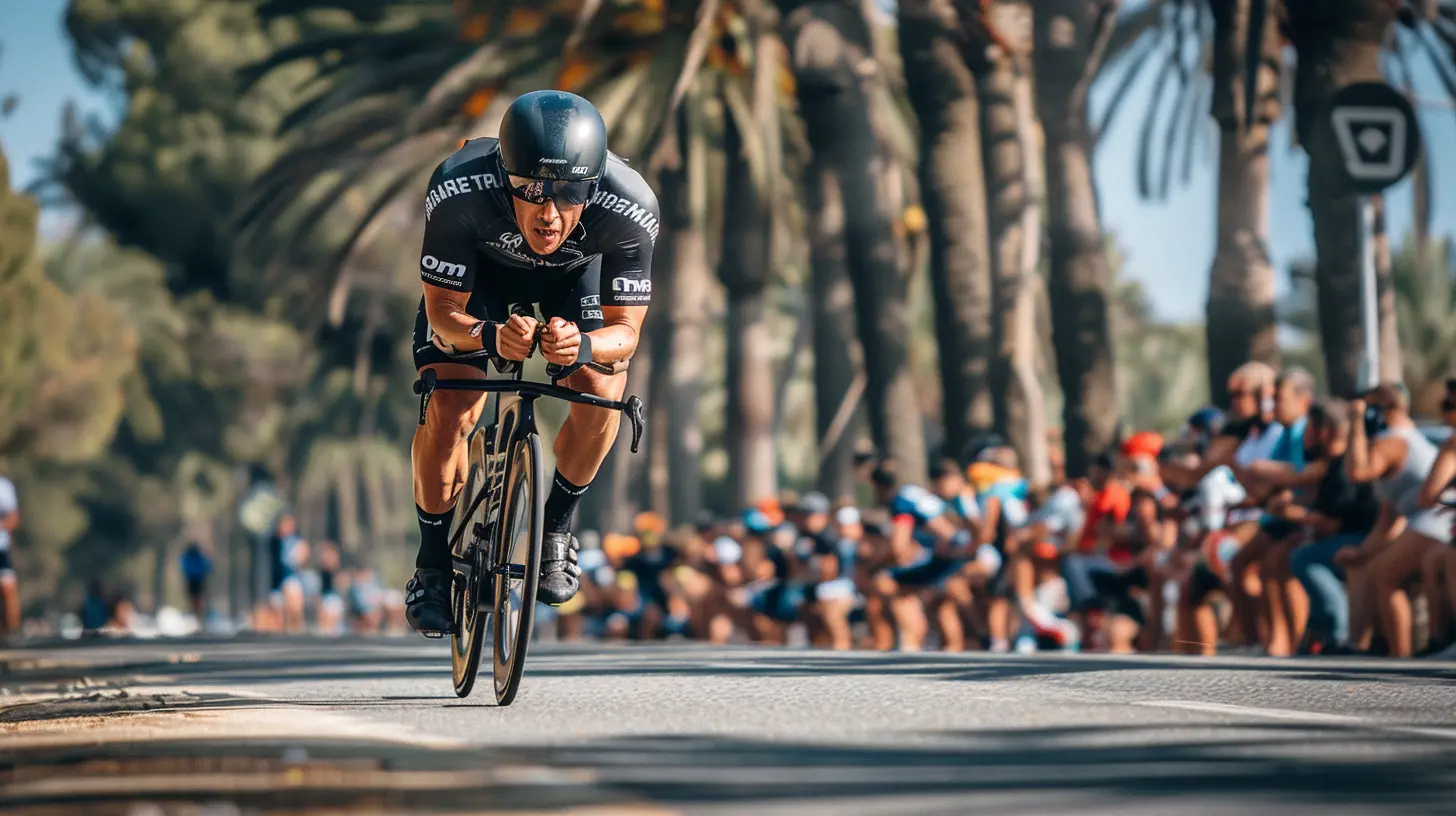
Mastering Bike Training
Now that your bike is ready, let’s talk about you. Training smartly will ensure you build endurance, power, and efficiency.1. Build Cycling Endurance
Long, steady rides should be the foundation of your training. Aim for at least one long ride per week, gradually increasing distance. This builds stamina and conditions your body to handle race-day mileage without exhaustion.2. Incorporate Interval Training
Speed matters. To improve your leg power and cardiovascular endurance, mix in interval training. Try:- 30-second sprints followed by 90 seconds of easy pedaling (repeat 6-8 times)
- 5-minute hard efforts followed by 5-minute recovery (repeat 3-5 times)
Intervals increase power output and help simulate the varying efforts of race terrain.
3. Practice Brick Workouts
Brick workouts (bike + run sessions) are game-changers. Your legs will feel like bricks when you transition from cycling to running. To prepare:- Go for a 30-60 min bike ride, then immediately transition into a 10-20 min run
- Start small and build up to race distances
The more you do this, the easier the transition will feel on race day. 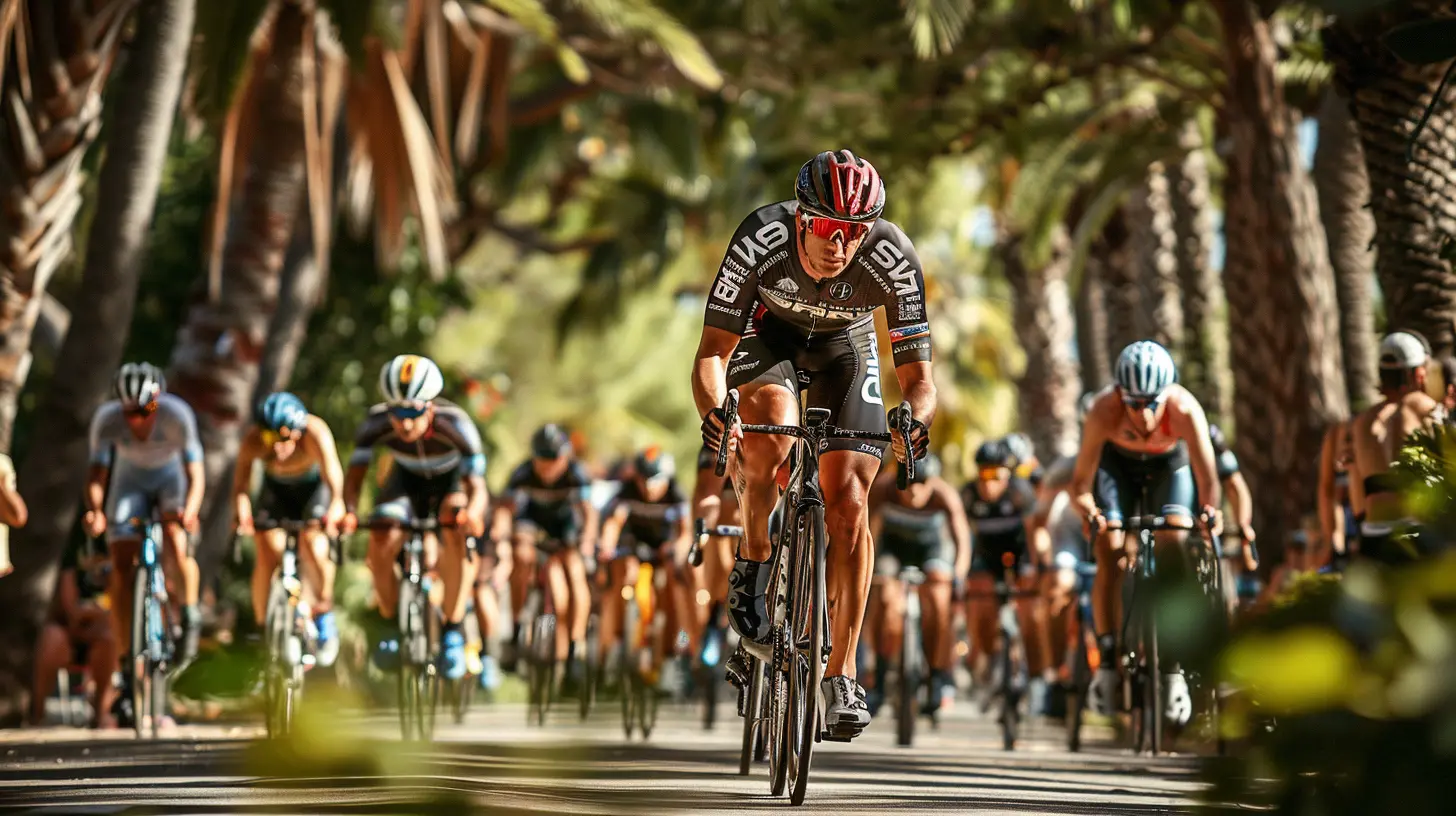
Race-Day Strategy
Race day isn’t just about fitness—it’s about having a smart strategy.1. Pace Yourself
Don’t go full throttle right out of the transition. It’s tempting, but you need to pace yourself—especially in long-distance triathlons. A heart rate monitor or power meter can help you stay in control.A good rule of thumb:
- For a Sprint/Olympic triathlon, push at 75-85% effort
- For a Half-Ironman/Ironman, stick around 65-75% effort
Blowing up on the bike means suffering through the run. No one wants that.
2. Fuel Right, Hydrate Smart
Ignoring nutrition is a rookie mistake. Depending on the race length, you’ll need carbs, electrolytes, and hydration to keep your energy levels up.- Drink every 10-15 minutes
- Consume 30-60 grams of carbs per hour (energy gels, chews, or sports drinks)
- Don't experiment with new nutrition on race day—stick to what you've trained with
3. Master the Wind and Hills
- Wind: If it's a headwind, stay small and aerodynamic. If it's a tailwind, push harder to gain speed.- Hills: Stay seated and keep a steady cadence when climbing. Don't waste energy standing unless necessary.
Proper gear shifting is key—anticipate changes so you don’t wear out your legs needlessly.
The Transition to the Run (T2)
The second transition (T2) from biking to running is where many triathletes struggle. Your legs will feel heavy, and your body will be adjusting.1. Practice Good Transitions
- Dismount smoothly and run your bike into the transition area- Have your running shoes and essentials laid out neatly
- Take a few deep breaths to reset before heading into the run
2. Shake Out Your Legs!
The first mile off the bike is usually rough. Keep a high cadence to loosen up, and don’t panic if your legs feel stiff—it will pass.Common Mistakes to Avoid
1. Going Too Hard Early OnBlasting out of transition at full speed will leave you gassed. Stick to your planned effort level.
2. Ignoring Nutrition & Hydration
Not drinking or eating enough will result in hitting the wall—and trust me, it's brutal.
3. Not Checking Equipment Before the Race
Flat tires, loose chains, or shifting problems can ruin your race before you even get to the run. Do a final bike check!
Final Thoughts
Conquering the bike leg of a triathlon isn’t just about raw speed—it’s about strategy, endurance, and efficiency. Train smart, fuel properly, and pace yourself so you can dominate not just the ride, but also the run that follows.Now, get out there, train hard, and get ready to crush that bike leg!
all images in this post were generated using AI tools
Category:
TriathlonAuthor:

Uziel Franco
Discussion
rate this article
1 comments
Sera Mullen
To excel in the bike leg of a triathlon, focus on proper gear selection, pacing strategies, and maintaining efficient pedaling technique throughout the course.
July 24, 2025 at 3:55 AM

Uziel Franco
Thank you for your insightful comment! Proper gear, pacing, and technique are indeed crucial for success in the bike leg.
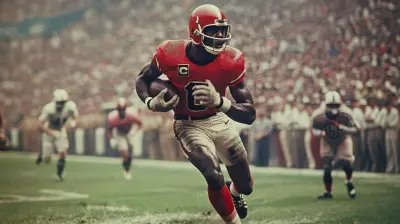
![The Ultimate Playmaker: How [Player Name] Sees the Game Differently](/pictures/blog/small/the-ultimate-playmaker-how-player-name-sees-the-game-differently_1.webp)
![The Quiet Dominator: How [Player Name] Lets Their Game Do the Talking](/pictures/blog/small/the-quiet-dominator-how-player-name-lets-their-game-do-the-talking_1.webp)